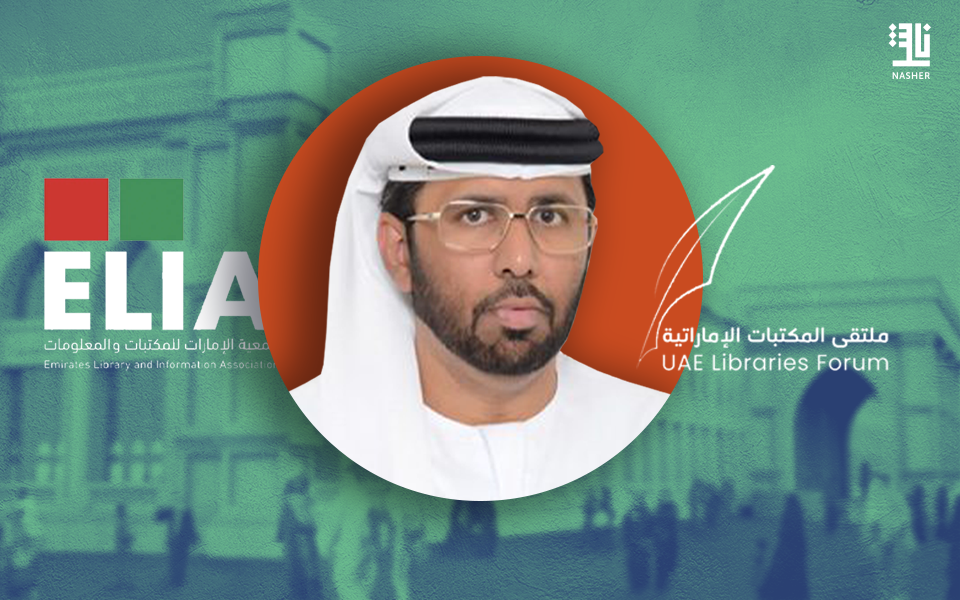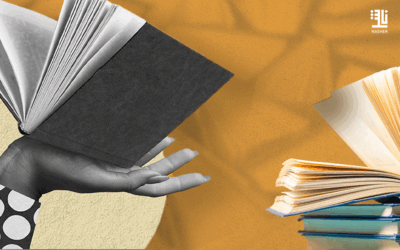Lewis Carroll, pseudonym of Charles Lutwidge Dodgson, was born on the 27th January, 1832, in Daresbury, Cheshire, England and died on the 14th of January, 1898, in Guildford, Surrey. He is an English logician, mathematician, photographer, and novelist, especially remembered for Alice’s Adventures in Wonderland (1865) and its sequel, Through the Looking-Glass (1871).
Here are some facts that you may not know about Carroll.
On July 4, 1862, Carroll with his friend, rowed three children up the Thames from Oxford to Godstow, picnicked on the bank, and returned to Christ Church late in the evening: “On which occasion,” wrote Carroll in his diary, “I told them the fairy-tale of Alice’s Adventures Underground, which I undertook to write out for Alice.” The book was published as Alice’s Adventures in Wonderland in 1865. (The first edition was withdrawn because of bad printing, and only about 21 copies survive—one of the rare books of the 19th century—and the reprint was ready for publication by Christmas of the same year, though dated 1866.)
The book was a slow but steadily increasing success, and by the following year Carroll was already considering a sequel to it, based on further stories. The result was Through the Looking-Glass and What Alice Found There (dated 1872).
He liked to play with words, logic, and fantasy, which often confused his readers. The poems “Jabberwocky” and “The Hunting of the Snark” are classified in the genre of “literary nonsense”.
He lived most of his life as a scholar and a teacher, but was also known for being a keen mathematician and photographer. Carroll came from a family of high-church Anglicans, and developed a long relationship with Christ Church, Oxford. He eventually became an Anglican deacon in later life.
Carroll loved puzzles and games. He was a very keen chess player, and there are lots of references to chess (and other games) in his books for children
He invented a method of writing in the dark. Lewis Carroll was a poor sleeper and did a lot of thinking in bed. The notes he made in the dark often turned out to be illegible the next day. So, in 1891, he invented the nyctograph, which is a card containing a grid of cells that could guide his writing in the dark, using a peculiar alphabet he invented for the purpose.
He suffered from a stutter most of his life. Not only that, a childhood fever also left him with hearing impairment in one ear, and a bout of whooping cough at 17 weakened his chest for the rest of his life. Carroll had a rough childhood. Calling it his “hesitation,” he developed a stutter at an early age that stuck with him throughout adulthood. Late in life, he developed debilitating, aura-hallucinating migraines and what doctors at the time diagnosed as epilepsy.
‘Alice in Wonderland’ was banned in Hunan, China in 1931. Because, the animals were too ‘human-like’ and people worried that it would encourage children to see animals and humans as equals.
Carroll wrote 11 books on mathematics. He was a master logician who worked in the fields of linear algebra, geometry, and puzzle-making.
“Alice’s Adventures in Wonderland” has been translated into 97 languages.
Despite his literary success, Carroll only took one trip abroad and that was in 1867. He travelled to Russia and on the way back, he made stops in Poland, Germany, Belgium, and France.
On January 14, 1898, Lewis Carroll died of pneumonia following influenza. He died at his sister’s home in Guildford, in the county of Surrey, just four days before the death of Henry Liddell.
Although Lewis Carroll was a wealthy and famous writer he taught at Christ Church his entire adult life. By the time Lewis Carroll died at the age of 65, in 1898, Alice was England’s most popular children’s book and by 1932 it became one of the most popular children’s books in the world.
There is a memorial stone for Lewis Carroll in Poet’s Corner, Westminster Abbey. It was unveiled by Lewis Carroll’s great-nephew in 1982. There is also a white rabbit and Alice holding a flamingo immortalised in stained glass in the Christ Church College at Oxford, where Carroll spent most of his life.







